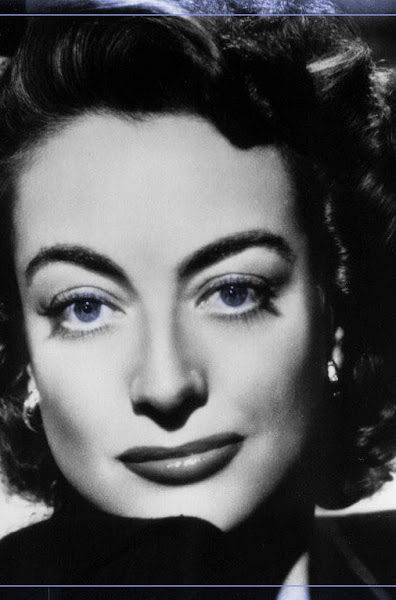 ** ½ out of ****
** ½ out of ****
“Paranoid Park” is a moody film that interestingly and endlessly toys with style but unfortunately concludes lacking in structure. It is an experimental film that decadently enjoys the use of discontinuous editing, cinematography, and sound in its presentation. Set in Oscar-nominated director Gus Van Sant’s own backyard of Portland, Oregon, the film brings wonder to the seemingly uninspiring town with one place that enlivens its youth. Oddly enough, the titular “paranoid park” becomes an idea that is hardly transcribed into the film; although its appearance serves as the force that leads to the skateboarding protagonist’s misfortune, it hardly attributes paranoia to his psychosis, as he becomes relatively passive until the film’s end.
In the film, Alex is a 16-year-old skateboarder who accidentally kills a security guard one night. The rest of the film follows him through what happens afterward while he writes all of the preceding and transpiring events in a journal.
The whole film is derived from the perspective of this teenaged boy; at the beginning, as he writes, he apologizes because he knows his thoughts will come out-of-order, which reflects on the film, as the narrative disjunctively presents itself using discontinuous editing and an alternative-to-narrative structural system. Because the film centers on the idea of viewers following the events that transpired, several shots are re-presented and do inspire viewer participation since they actively question the discrepancy between actual circumstances and what Alex claims happens.
For “Paranoid Park,” Van Sant returns to the sort of rebellious youth for which he is well-known for interpreting in film. Relating to his oeuvre, including “My Own Private Idaho,” rebellion recurs as an important theme, as Alex’s action of striking the security guard with his skateboard while on the train signifies rebellion against authority. Alex, coming from the skateboarding subculture, is forced to represent every aspect of the socially misunderstood group, so his every action is judged. I am amazed at how Van Sant captures the perspective of a teenaged boy, and it is noticeable how much he cares for his protagonist. Van Sant is notable for his penchant for exploring misunderstood characters, and his take on apathetic Alex is no different.
The film features incredible cinematography, editing, and especially sound. Sound and lighting often display the inner psyche of Alex. One incredible example of sound is the shower scene where the soft sound of the running water slowly builds to the sound of torrential rain, which expresses the tension and anxiety building in him. Though sound does tend to interpret Alex’s mentality, there are instances of anempathy, where the music is driven by external forces trying to affect him, but they usually do not, as the sound or music changes back to his interpreted state-of-mind. It is interesting to note how sounds in his environment are often louder than normal, like there is meticulous attention being paid to them, oddly contrary to Alex’s typical apathetic opinion of his environment. Besides sound effects, Nino Rota’s music from “Juliet of the Spirits” is used quite frequently, and its use seems to be related to the power of Alex’s subconscious, like Giulietta in Fellini’s 1965 film.
Cinematography in the film is characterized by interesting mobile framing, including relatively unrelated scenes of skateboarders, who sometimes fill the voids between shots. With an amateur feel produced by a handheld, low-grade video camera, these long shots offer the depth of beauty, realism, and understanding that Van Sant wants to provide to viewers who do not comprehend skateboarders. Framing has another effect in the film, as one of my favorite shots is the pan and zoom that locks Alex in the frame during his interrogation, isolating him. This presents isolation as a key theme because it visually facilitates understanding of Alex’s situation—he is quite alone in all that is happening to him, with only himself to rely upon.
Because the film is presented in a disconnected order and the narrative is sometimes relentlessly slow, hardly anything happens of significance; thus, it ultimately provides no narrative pay-off. The film’s plot essentially revolves around the accident that results in the security guard’s death and some on what happens afterward. The ending is incredibly anticlimactic, but it is to be expected, particularly since the narrative drifts and Alex, through whom the film is portrayed, expresses unbelievable apathy to it all. In fact, he is apathetic to almost everything—his friends who jibe him about having sex, his sexually-driven cheerleader girlfriend, his caring friend, and his relatively non-existent parents. Alex’s parents are usually obscured or out-of-focus, demonstrating their lack of support or meaning in his life. However, his father is presented only once when he offers help, of which Alex refuses. Alex is a solitary being in the film, and his rebellion and passivity are his defining traits.
Though Van Sant’s effort on “Paranoid Park” is contrary to the apathy of his protagonist character (but not the actor—a solid effort for a first-timer) and characterized by his love for those who are misunderstood, the film’s plot ultimately negates his effort and offers viewers little. It is interesting, but is just not inspiring.
It is necessary to mention that the film is a tad gruesome, but only when the security guard is explicitly seen being run over on the railroad track.
“Paranoid Park” is now showing at the Belcourt Theater.
Originally published in the April 10 issue of Versus Magazine: Entertainment & Culture
April 10, 2008
Paranoid Park
Subscribe to:
Post Comments (Atom)

.jpg)

.jpg)
.jpg)

No comments:
Post a Comment